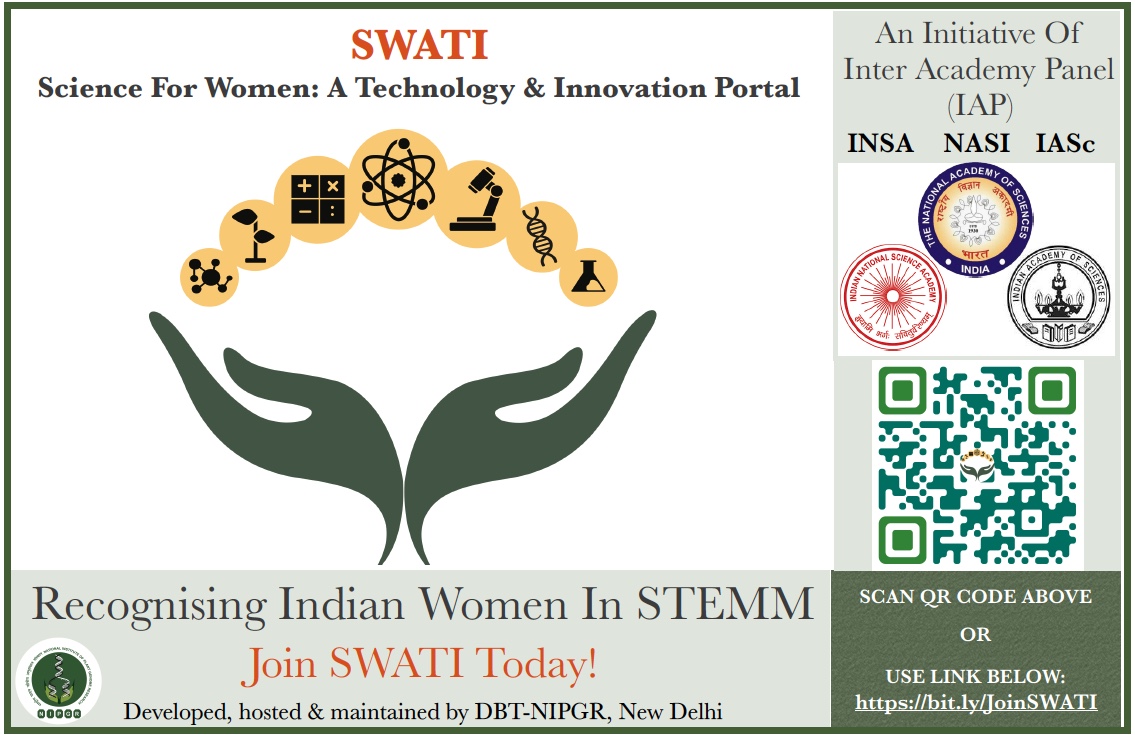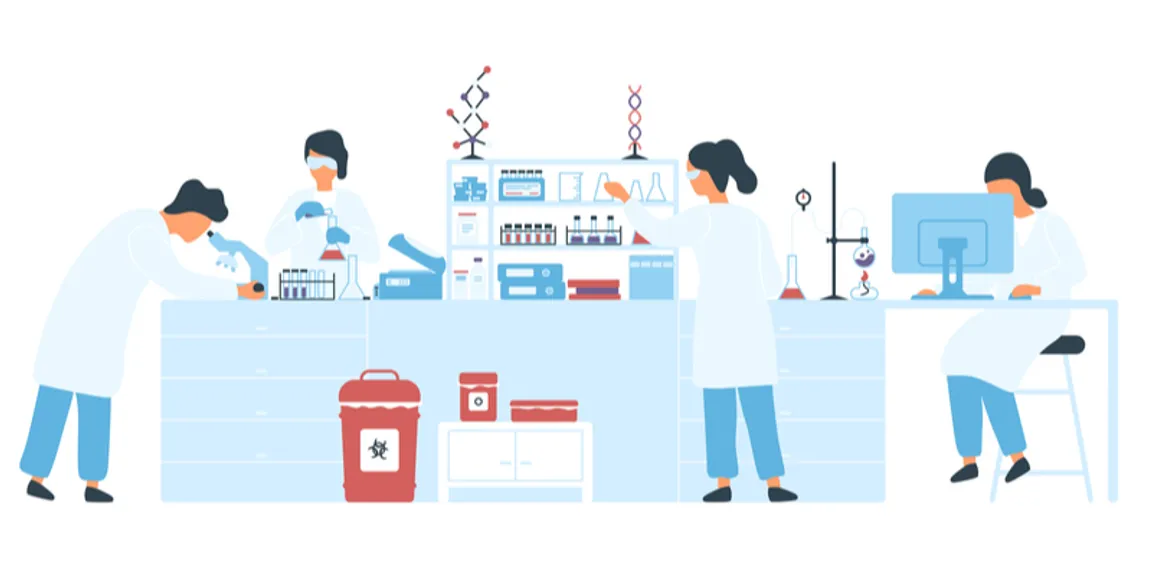From UPSC perspective, the following things are important :
Prelims level: Indian STEM fields
Mains level: Launch of SWATI portal in 2024
Central Idea:
The article discusses the efforts of Indian science academies to address the gender gap in STEM fields, focusing on initiatives such as the launch of the SWATI portal. It highlights the evolution of these efforts, challenges faced, and the need for more inclusive and effective strategies.
Key Highlights:
- Launch of SWATI portal by Indian science academies to create a database of women in science.
- Evolution of initiatives starting from the INSA report in 2004, highlighting discrimination and proposing solutions.
- Efforts like Lilavati’s Daughters compendium and national conferences to address gender gap issues.
- Gendered perceptions uncovered by sociologists and scientists regarding women leaving academia.
- Critique of initiatives focusing solely on “fixing” women instead of addressing systemic issues.
- Newer policies like GATI charter and STIP 2020 adopting more progressive language and inclusive approaches.
- Concerns about the effectiveness and sustainability of new initiatives like SWATI.
Key Challenges:
- Deep-rooted discrimination based on gender, caste, transgender identity, and disability.
- Lack of accountability for addressing systemic issues within the scientific community.
- Need for rules and laws to ensure gender equity and address unique challenges faced by marginalized groups.
- Risk of new initiatives losing momentum and failing to deliver on promises.
Main Terms:
- Gender gap: Disparity between men and women in STEM fields.
- Discrimination: Unfair treatment based on gender, caste, or other factors.
- Gender equity: Fair treatment regardless of gender.
- Inclusive policies: Strategies that consider diverse identities and experiences.
- STEM: Science, Technology, Engineering, and Mathematics.
Important Phrases:
- “Gender gap in STEM”
- “Discrimination in the workplace”
- “Systemic issues”
- “Inclusive group”
- “Gendered perceptions”

Quotes:
- “It is the females who need to be ‘fixed.'”
- “Equity is not just a women’s issue.”
Anecdotes:
- Launch of SWATI portal on International Day for Girls and Women in Science.
- Announcement of promises by then Science and Technology Minister Kapil Sibal at a national conference in 2008.
Useful Statements:
- “Initiatives focusing solely on ‘fixing’ women overlook systemic issues.”
- “Newer policies like GATI charter and STIP 2020 adopt more progressive language.”
Examples and References:
- Indian National Science Academy (INSA) report in 2004.
- Lilavati’s Daughters compendium by the Indian Academy of Sciences (IASc).
- Launch of SWATI portal in 2024.
Facts and Data:
- Collaboration between scientists and social scientists in the INSA report in 2004.
- Survey of about 800 scientists revealing gendered perceptions in academia.
- Announcement of promises for women scientists by Kapil Sibal in 2008.
Critical Analysis:
The article provides a comprehensive overview of efforts to address the gender gap in Indian STEM fields, highlighting both progress made and persistent challenges. It critiques initiatives that focus solely on individual women without addressing systemic issues and emphasizes the need for more inclusive and effective strategies.
Way Forward:
- Implement and monitor policies that address discrimination and promote gender equity.
- Engage diverse stakeholders, including marginalized groups, in policy development and implementation.
- Ensure transparency and accountability in initiatives like SWATI to maintain momentum and effectiveness.
- Foster a culture of inclusivity and support within the scientific community to retain and empower women in STEM.
Get an IAS/IPS ranker as your 1: 1 personal mentor for UPSC 2024


